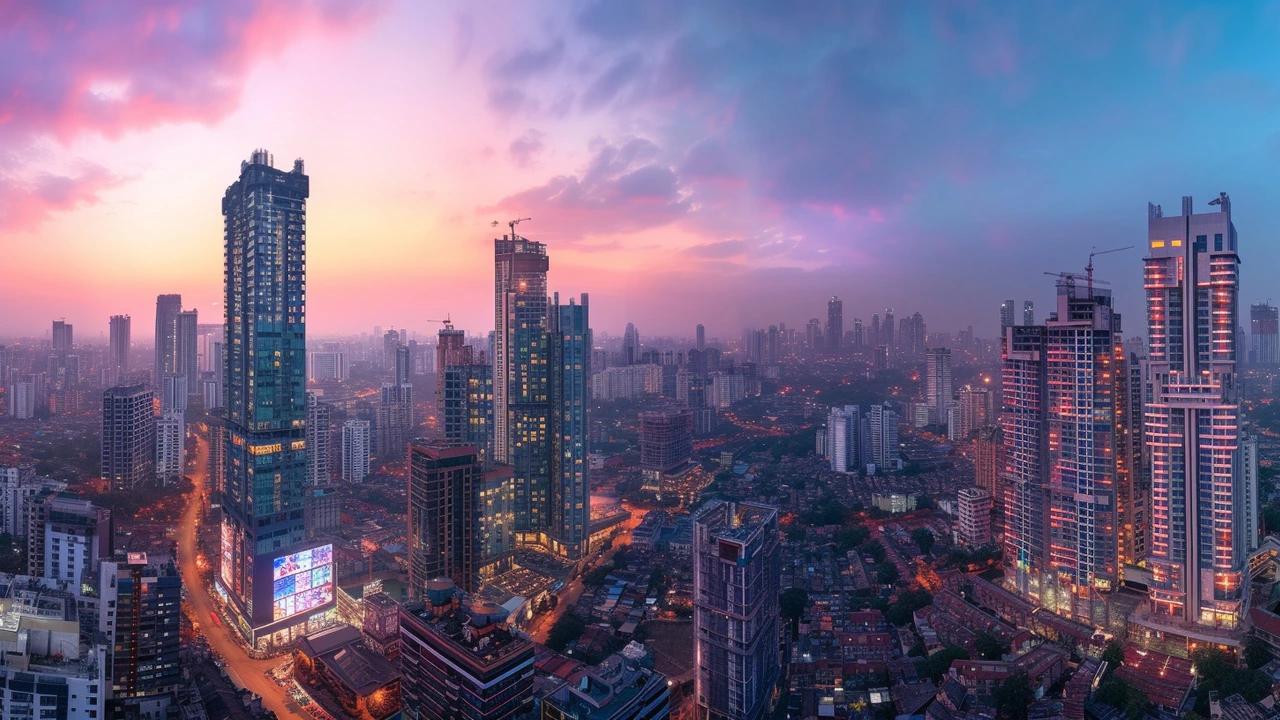India Property Insight
Comprehensive Guide to the Indian Real Estate Market: Trends, Investments, and Opportunities
India's real estate market is as diverse as its culture, offering various opportunities for investment and ownership. From understanding regional market trends to navigating legal requirements for property purchase, this comprehensive guide delves into the complexities of Indian real estate. Readers will learn about the best cities for investment, how to conduct due diligence, and the future of the industry in India. The article offers practical advice for anyone looking to buy or invest in Indian property, ensuring readers are well-equipped to unlock the mysteries of this dynamic market.
Keanu Rutherford | Jan, 7 2024 Read More
